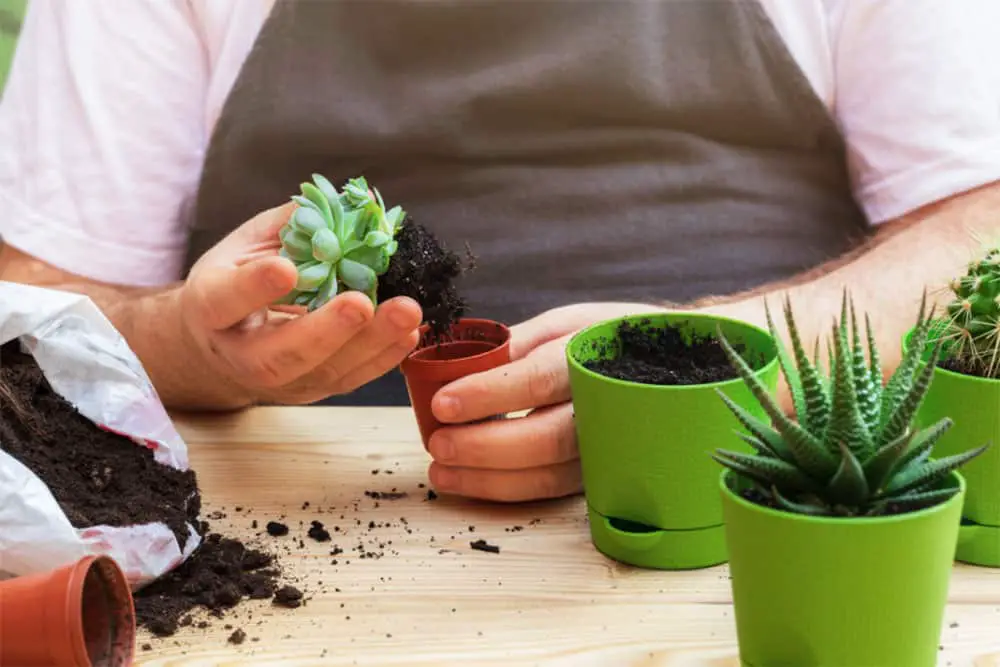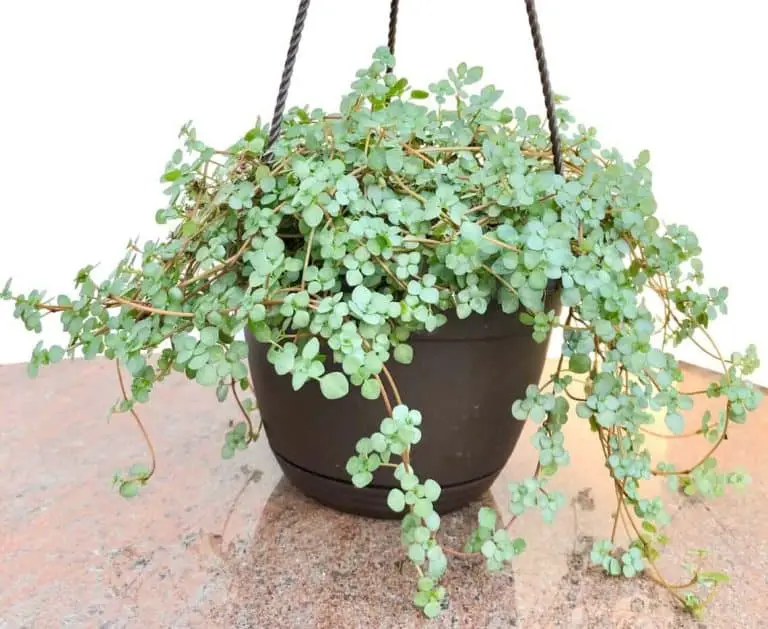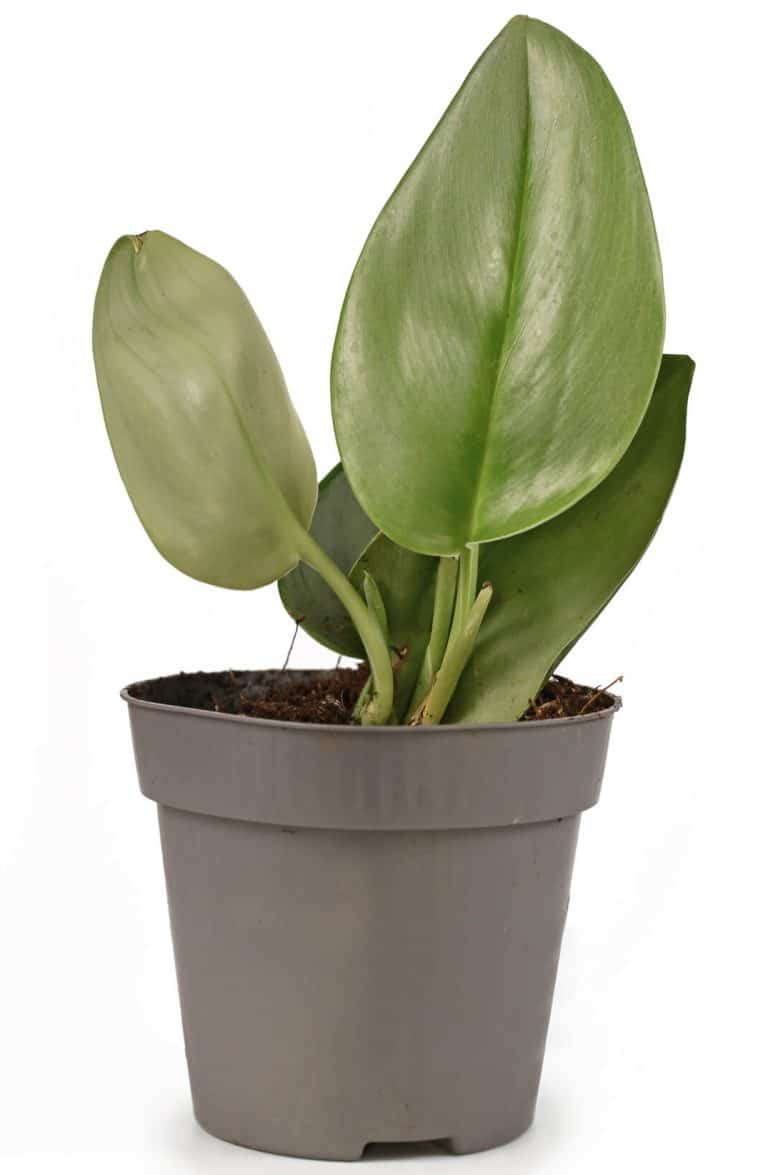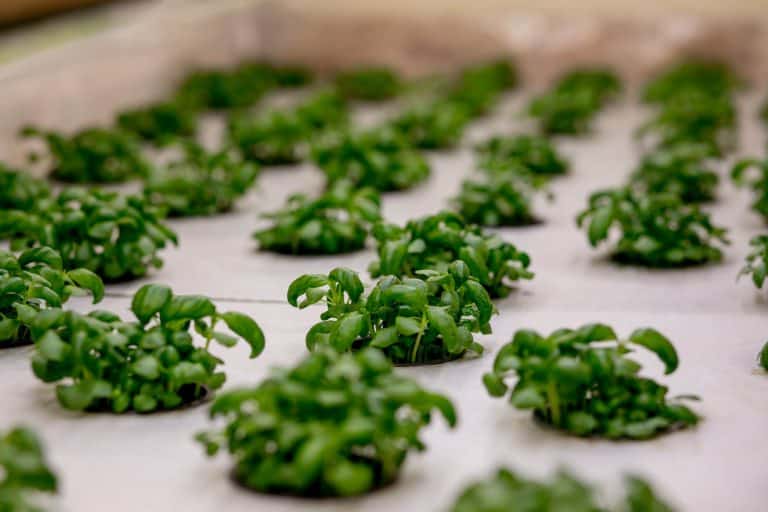How To Repot Succulents (In 6 Simple Steps)
Do you want to know how to re-pot your Succulents?
Here is a quick and easy 6-step guide to keep your succulents growing happily for years!
Succulents are known to be one of the easiest plants to take care of, which is why they’re a very popular choice of plant for beginner gardeners or casual plant owners.
But what some people may not know is that sometimes your succulent plants, or any other type of plant, may need to be repotted.
But why does this happen? How will you know when it’s the right time? And when it is the right time how do you do it without killing your beloved plant? Well, don’t panic!
We’ve made this step-by-step guide on everything you need to know about repotting your succulent plants and show you things you need to look out for when deciding whether or not to move your plant to its new home.
DISCLOSURE
Some of the links on here are affiliate links and I may earn if you click on them, AT NO EXTRA cost to you. Hope you find the information here useful! Thanks.
Related Articles:
- 5 Best Succulent Fertilizer Of 2022
- How To Repot Succulents (In 6 Simple Steps)
- How To Repot African Violets The RIGHT Way!
- Best Pots For Aloe Plants In 2022!
- Peperomia Polybotrya: Comprehensive Care Guide
- How To Repot Pothos : A Quick And Easy Guide 2022
Grow your very own cactus & succulent with an all-included seed kit!

How Will I Know When To Repot My Succulents?
It’s time to re-pot your succulent when it’s clearly outgrown its container or pot. When the roots begin to grow out of the drainage holes at the bottom of the pot, it shows that there is no more place for them to grow.
Plant your succulents in porous terracotta pots that are aesthetically pleasing as well as ensuring proper roots growth!

Another sign to repot is your plant stops growing, even if it’s healthy and in its growing season. This can be a sign that it is not getting enough nutrients from the old soil, and also that it has no more space to grow.
If you are doing everything right and providing your succulent with enough light and water but it is still unhealthy, then re-pot it. Repotting it with fresh soil will give it extra nutrients and encourage better health.
Also if your plant is unstable in the pot and topples to the side then this can be another sign. While some succulents are top-heavy to begin with, if the soil in the pot has been used up and the pot is too light, your plant may topple over and get damaged.
Another good thing to do is to report them every two years anyways. While this may not be necessary as your plant may still have plenty of room to grow, it is a good way to provide the succulent with fresh, fertile soil.
The best time to repot succulents is at the beginning of the plant’s growing season, so it should be done in early spring or early fall. This gives your plants enough time to recover from the repotting and heal any accidental damage that might’ve happened during the move.
It is also the time that gives them the highest chance of survival, but if your plant really needs a repotting then it’s best to do it straight away, no matter what the time of year is.
Note- If you want to make your green fingers happier and your life easier, you can use this affordable 83 pieces ultimate gardening set to help you repot like a pro!

How To Repot Your Succulents
Things You Will Need
- Well-draining potting soil – cactus soil works best
- Pot
- Rocks (not necessary all the time)
- Your plant

- Get your new pot. Choose a pot with one or more drainage holes at the bottom. If you already have a pot that does not have a drainage hole and you don’t want to spend money on a new one that’s ok, just add a layer of rocks to the bottom. The best rocks to use are small ones usually called ‘river rocks’ that can be bought in small tubs at most garden centers.
- Fill the pot around 3/4 with the cactus soil.
- Squeeze the sides of the succulent’s old pot to loosen the soil and release it from the pot. If you can’t do this then use a small tool to carefully dig it out.
- Once the plant is out of the pot, gently remove any clinging dirt from the succulent’s roots. This may be hard to do, especially if you are repotting a store-bought plant as these often have very knotted roots and are tightly packed in dirt. The best thing to do is either use a small object like a toothpick to remove the dirt and untangle the roots, or use water to wash away the dirt before gently drying the roots completely with a paper towel.
- Place your succulent in its new pot, then add more soil to secure the plant in place
- If you haven’t watered your succulent in a while, now is a good time to do it. If you don’t think this is necessary, then let your plant get used to its new home for around a week then give it a drink. Then let the soil dry out completely before giving it some more water, which will usually take around two weeks.
Boost your succulents by providing organic succulent plant food!

Frequently Asked Questions
Can I Plant Different Succulents In The Same Pot?
Yes you can, so long as you only mix succulents that need the same conditions to survive. All the succulents you place in one pot should need the same amount of water, light, and fertilizer, to make sure that they’re all getting exactly what they need.
But this is a great way to liven up any garden or shelf space in your home and to show off more of your plant collection
Can You Plant Succulents In Regular Potting Mix Or Soil?
Not really. Succulents need soil that drains very fast, but a lot of soils are designed to keep water in for as long as possible.
Regular potting mix has too much peat moss to be good for a succulent, but if that’s all you have laying around then you can add things to it to make it more suitable for succulents.
By adding about 50% pine bark, coarse sand, and/or perlite to the mix, you will make soil that will allow excess water to drain out of the pot while also allowing the roots to get more air.
Provide the best succulent potting mix for quality results and proper root development!

Do Succulents Like To Be Root-bound?
No, very few plants like to live like this, though succulents can very easily survive like this for a long time. Being root-bound means that the plant is not getting enough nutrients since all the soil has been depleted. Succulents are very tough plants and can handle a lot, but even this will kill them eventually.




![How To Harvest Oregano Without Killing The Plant? [Personal Experience!]](https://aboveandbeyondgardening.com/wp-content/uploads/2022/10/How-To-Harvest-Oregano-Without-Killing-The-Plant-7-768x442.jpg)


